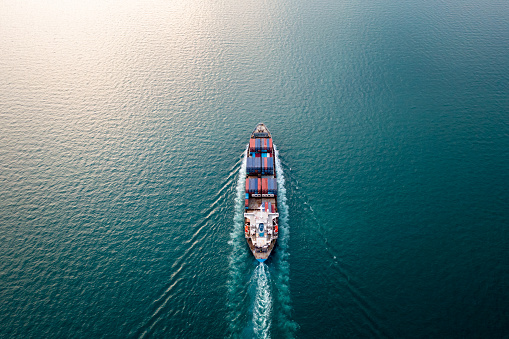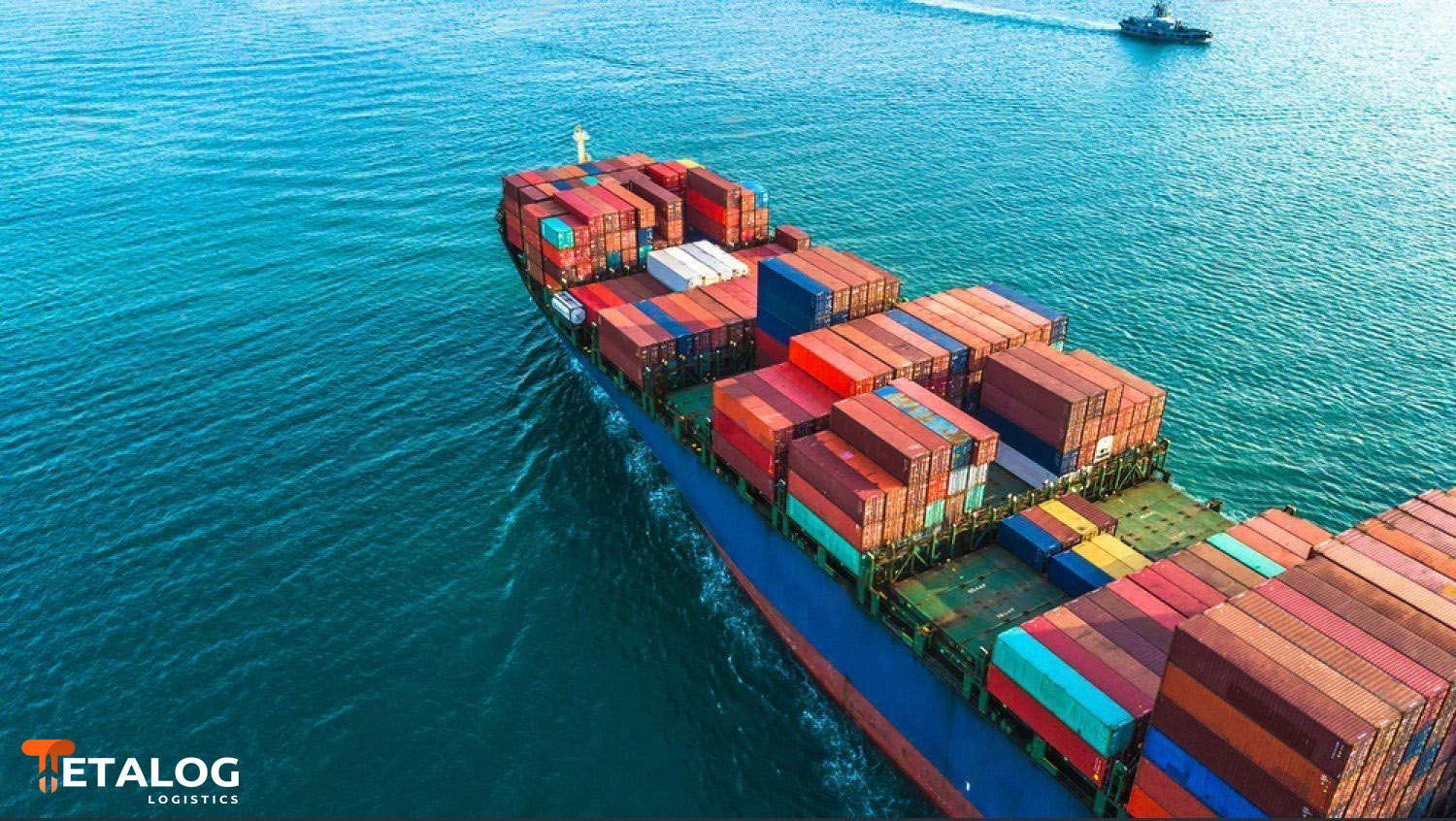
Ro-Ro transportation is one of the most important maritime transportation types in today's global trade world. The term “Ro-Ro” is an abbreviation of the English phrase “Roll on-Roll off,” and it is a type of maritime transportation based on the principle of loading and unloading wheeled vehicles onto ships on their own wheels. In this system, wheeled vehicles are loaded directly onto ships by being driven on without any handling process during sea shipment, and they are unloaded in the same way at the destination point. Ro-ro transportation is especially used for transporting wheeled vehicles such as cars, trucks, and lorries from one place to another, significantly speeding up logistics operations and reducing costs. This method, frequently preferred in trade corridors between Europe and Turkey, also constitutes an important part of combined transportation systems.
What is Ro-Ro Transportation? How Is It Done?
Ro-Ro transportation is a method of transportation that enables cargo to be moved via sea using a special ship. In this method, ships called roll on roll off ships, which have loading ramps or elevators at the stern, are used. Ro-Ro transportation is preferred especially for quickly and safely transporting all kinds of loads such as cars, vans, and trucks. This system minimizes loading and unloading times while also reducing the risk of damage to the cargo. This transportation method is widely used by Ro-Ro transportation producers and importers. Playing an important role in international trade, Ro-Ro transportation offers an economical and fast solution.
How Does Ro-Ro Transportation Take Place?
Ro-Ro transportation is a method that involves specific ports. Instead of ordinary ports, it is carried out through ports suitable for Ro-Ro transportation. The cargo to be transported generally consists of vehicles, containers, or other transport units, and loading these onto ships occurs at Ro-Ro ports. Ro-Ro transportation can operate in an integrated manner with both sea and land transportation. This integration allows for faster and more efficient transportation of cargo. For example, after a vehicle is loaded onto a Ro-Ro ship, it can easily continue by land at the destination.
Advantages of Ro-Ro Transportation
Ro-Ro transportation provides significant benefits in today’s logistics industry. Transportation via Ro-Ro ships offers a more flexible alternative compared to container shipping. The less complex standard port and customs procedures eliminate the need for additional handling and mooring, providing shippers with a simpler experience. This situation not only makes logistics processes more efficient but also more economical. “Roll on Roll off” transportation systems can carry almost any type of vehicle, such as motorcycles, cars, 4×4 vehicles, caravans, and expedition trucks. It simplifies the transportation process even further. Some of these ships, which typically have a capacity of 4,000 to 5,000 vehicles, can reach a capacity of up to 8,000 vehicles. The convenience and cost advantages offered by Ro-Ro transportation contribute to businesses remaining competitive.

How Is Loading Done on Ro-Ro Ships?
The loading process onto Ro-Ro ships occurs within a specific system and procedure. During loading, the driver must be present at the port and follow the given instructions. Vehicles should be checked before loading and permission must be obtained from the port. On the permitted day, preparations are made, and it is checked that all documents are complete. In the Ro-Ro transportation process, the ship approaches the port for loading, and after mooring is completed, the ship’s hatches are opened. Then, vehicles are loaded onto the ship parked in an organized manner, and a certain order is maintained during this process. Vehicles are loaded in rows; it is generally observed that larger vehicles are loaded first. Semi-trailers can be driven onto ships with tractors, or sometimes only trailers are loaded onto the ship while the tractors remain at the port. Each Ro-ro ship prepares a loading plan by determining the amount of vehicles and cargo it can carry based on its capacity.
Ro-Ro Ports
Among the ports used for Ro-Ro transportation in Turkey are Çe?me, Samsun, Ambarl?, Haydarpa?a, Trabzon, Pendik, Rize, and Mersin Port. The most intensive usage in international routes is between Istanbul, Aegean, Adriatic, and Black Sea regions. Documents called bill of lading are critical during the transportation process. The differences between bill of lading and master bill of lading are particularly important. A bill of lading issued as a transferable document grants rights to the owner of the goods. These documents, identified by their bill of lading number, are tracked from the very beginning of the logistics process. The house bill of lading, used together with the master bill of lading, also manages the transportation process. Also known as HBL and MBL, these documents represent different responsibilities during transportation. While the bill of lading contains loading details, the relationship between the bill of lading and house bill of lading is important in terms of roles within the supply chain.
What Is a Ro-Ro Ship and What Are Its Types?
 A Ro-ro ship speeds up the loading and unloading processes for vehicles, making logistics more efficient. There are various types of Ro-ro ships.
A Ro-ro ship speeds up the loading and unloading processes for vehicles, making logistics more efficient. There are various types of Ro-ro ships.
PCC: Ships that only carry cars, especially preferred by automobile manufacturers.
PCTC: Ships that carry freight vehicles, used for transporting large vehicles such as trucks, lorries, and heavy machinery.
ROPAX: Ships that carry both passengers and cars, with capacity for both humans and vehicles, typically used in ferry services.
CONRO: Ships that carry containers and cars, capable of transporting both standard containers and various vehicles on the same voyage. This flexibility allows for the transportation of different types of cargo together, reducing operational costs.
You may be interested: What is CPT Delivery Method?



